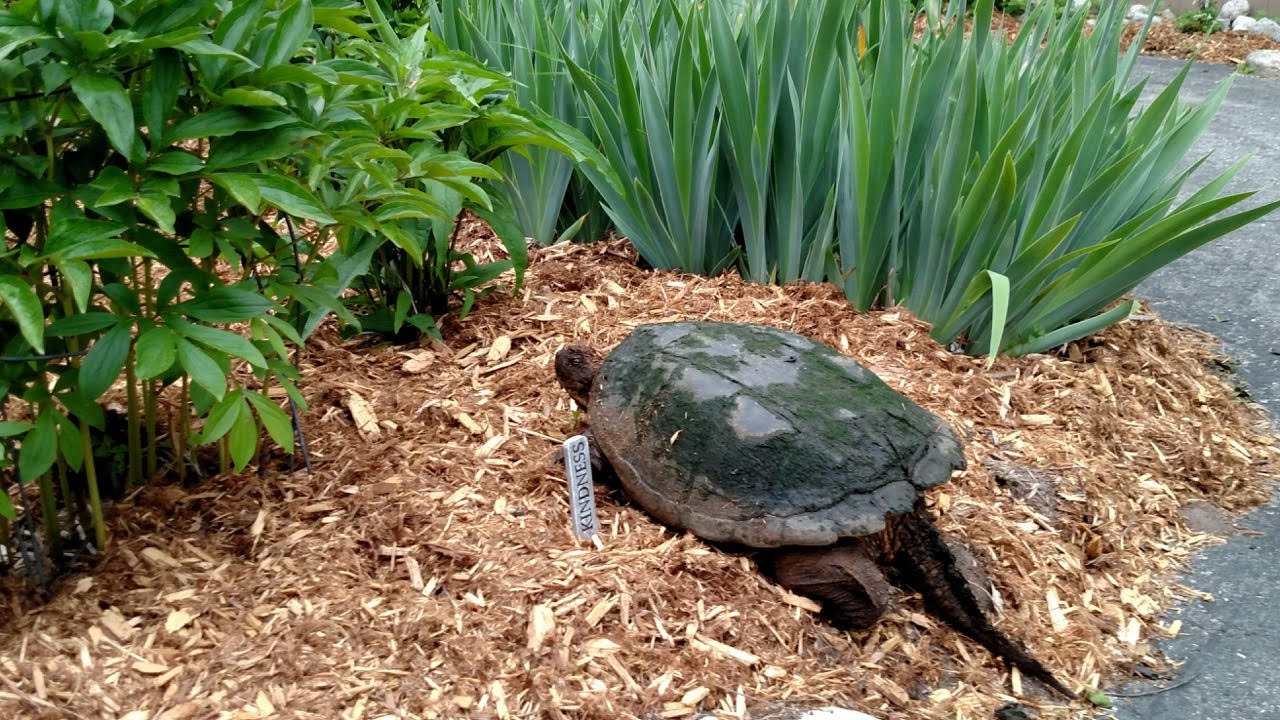|
|
Elk Rapids Almanac - August 2021
August 12 - The moon danced on the horizon as the stars cam out. The slight breeze was perfect to keep away the pesky mosquitoes that have been ravenous this August. We laid under the stars at Dam Beach and watched the Perseids shower. Cheering for shooting stars as it they were fireworks. As we were gathering our sleeping bags the biggest streak painted the sky to wish us farewell on a beautiful summer night in the village. -Melissa West August 16 - Butterflies fly at different times of the year. The Great Spangled Family, our most common large fritillary, flies from early June until mid-September. Females typically lay eggs on violets, and the caterpillars hatch in the fall and overwinter, transforming into butterflies in the late Spring. A couple of pollinator choices attract them to your garden are Common Milkweed or Black-eyed Susan. The one pictured here was photographed in our garden on Torch Lake. -Kim Stringer August 19 - The landscape is buzzing with numerous bees, butterflies, and other pollinators visiting late-summer flowers in our garden such as the Cup Point pictured. Other Michigan native plants in our Fall flower beds include Mountain Mint, Goldenrod, and Asters that all help support the diversity of native insects as they gather nectar and pollen. A side benefit is that the plants are easy to care for since that are perrenials and don't require use of fertilizers and regular watering. -Brian Keas August 19 - This day I bought evidence of a successful hatching baby snapping turtles that were laid by a mama snapping turtle on June 8. The babies must have hatched out at night and made their way toward the pond but found a few stragglers with still making their way around noon-time. The mother snapping turtle has been laying eggs each summer since we moved in. Though she digs a small hole in the landscaping, we are glad to let her lay 30 or more eggs to comlete her reproductive foray from the pond. Most will fall prey to preditors but those who make it continue the life cycle of a healthy natural system. -Brian Keas |



